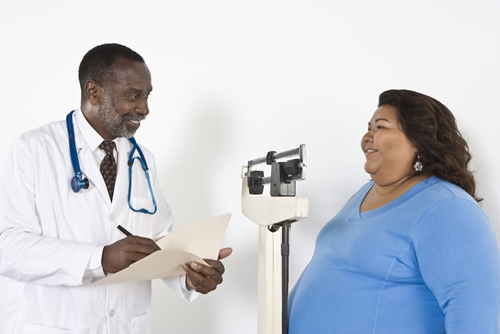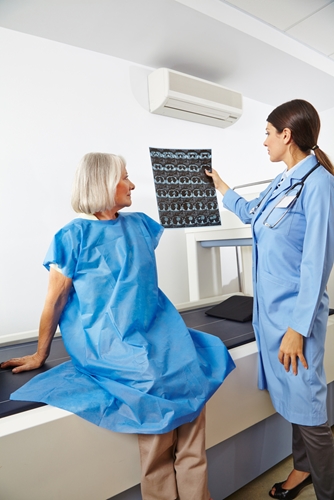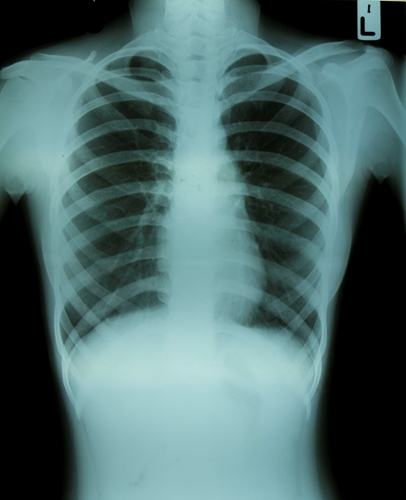Obesity is becoming more apparent in the U.S. Approximately one-third of adults are significantly overweight, according to the Centers for Disease Control and Prevention. Countless health problems, such as strokes, heart disease and diabetes, appear as weight increases. Unfortunately, these are not the only negatives of weight gain. As more and more people become obese, the costs of health care also go up. An estimated $147 billion was spent in 2008 on overweight patients' medical costs, according to the CDC. A recent study presented at this year's American College of Radiology annual conference confirmed these financial concerns to understand obesity's effect on radiology.
Obesity leads to increased costs
Researchers from various organizations in Virginia and Louisiana found that the costs of medical imaging for obese patients are significantly higher compared to their lighter-weighted counterparts. From 2008 to 2012, the investigators assessed patients with various health conditions, including pneumonia, chronic obstructive pulmonary disease, acute myocardial infarction and lymphoma. They also took age, gender and body mass index into account. Participants were grouped based on their conditions and BMI to determine how different illnesses affect radiology costs.
For 11 of 12 ailments, the costs of diagnostic imaging for the conditions of overweight patients were 6 percent to 130 percent higher than people of lower weights. Obese patients paid more than double that of average-weighted people for lymphoma treatment and 37 percent more for AMI management, according to the presentation. Digital imaging for renal stones is the only category in which heavier people paid less – approximately a 2 percent difference.
The researchers found that their obese patients used health care services more often and increased the costs of care, according to the report, which received at gold-merit abstract award at ACR 2015.
New equipment required for patients
An estimated 44 percent of Americans will be obese in the next 20 years, according to Diagnostic Imaging. With this growing population, the health care industry needs to change the way its professionals interact with patients as well as update equipment. Medical imaging technology is not inexpensive. Curtis Carpenter, a radiological technologist, told the source that his employer spent $650,000 on a new lithography machine because too many patients exceeded the 300-pound limit. Testing for overweight people also takes longer and may require additional scans, which drives up the costs for patients and providers.
Fat tissue makes it more difficult for the equipment to get accurate readings with standard settings, so radiologists have to increase the slice size of each image. Unfortunately, this provides lower quality pictures, which can make it hard to diagnose the issue, Diagnostic Imaging explained. Medical professionals may also need to use higher doses of radiation to get the same image as they are able to with average-size patients.
While obesity may have prompted the health care industry to upgrade its systems, it wasn't the only reason that necessitated larger-sized machines. Those who are tall, athletic or pregnant need special imaging equipment to be tested, but new technology makes it easier for them to receive the same treatment.
Contact Viztek for more information.
Ronny Bachrach
Latest posts by Ronny Bachrach (see all)
- Konica Minolta Debuts First-of-Its-Kind Digital U-Arm System at AHRA - July 27, 2016
- Researchers Detect Signs Of Stroke Risk Using MRI - June 27, 2016
- Imaging Biz: Q&A with David S. Channin MD: How to Make PACS Patient Centered - June 22, 2016










